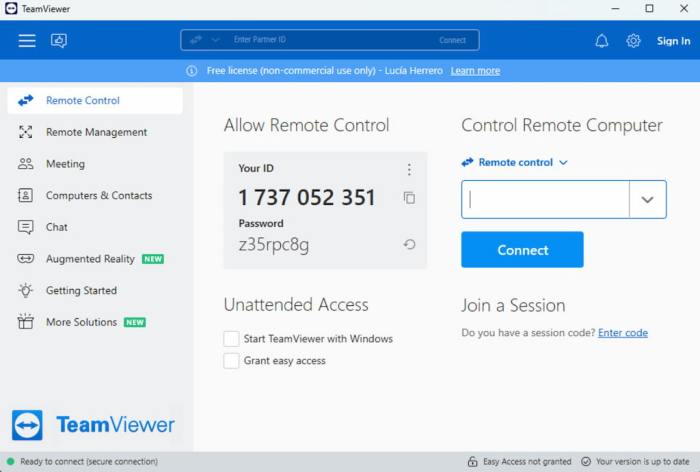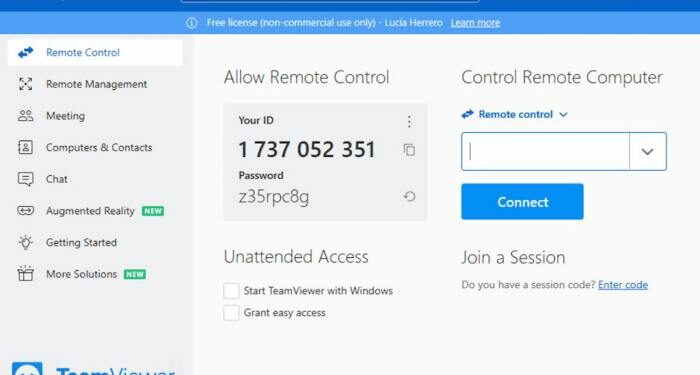In a world where remote work is becoming increasingly prevalent, the need for efficient and automated scheduling software has never been more crucial. This article delves into the realm of automated remote work scheduling software, exploring its benefits, features, implementation strategies, and more.
Join us on this journey to discover how this innovative technology can revolutionize the way companies manage their remote workforce.
Overview of Automated Remote Work Scheduling Software
Automated remote work scheduling software refers to tools and platforms that help companies efficiently manage and organize the work schedules of their remote employees. These software solutions streamline the process of creating, updating, and sharing work schedules, making it easier for both employees and managers to stay on track and collaborate effectively.One of the key benefits of using automated remote work scheduling software is the ability to save time and reduce errors associated with manual scheduling processes.
By automating the scheduling tasks, companies can ensure that shifts are assigned accurately, conflicts are minimized, and changes can be easily communicated to all team members.Popular examples of automated remote work scheduling software in the market include:
ZoomShift
This platform offers features such as shift swapping, time-off requests, and real-time notifications to keep everyone informed about schedule changes.
Deputy
Deputy provides tools for creating schedules, tracking time and attendance, and managing employee communication all in one platform.
When I Work
When I Work allows for easy scheduling, time tracking, and team communication, making it ideal for businesses with remote or distributed teams.
Key Features of Automated Remote Work Scheduling Software
- Automated schedule creation based on employee availability and preferences.
- Integration with payroll and time tracking systems for seamless workflow.
- Real-time notifications for schedule changes or updates.
- Ability to track employee hours and productivity for better performance management.
Features of Automated Remote Work Scheduling Software

Automated remote work scheduling software comes with a range of features designed to streamline the scheduling process, improve efficiency, and enhance communication among remote teams. These features are essential for effectively managing remote work arrangements and ensuring that tasks are assigned and completed on time.
Availability Tracking
- Allows employees to set their availability preferences
- Enables managers to view real-time availability of team members
- Helps in avoiding scheduling conflicts by considering individual availability
Task Assignment and Monitoring
- Facilitates task assignment to specific team members
- Provides progress tracking and updates on assigned tasks
- Ensures accountability and visibility into the status of each task
Communication Tools
- Includes built-in messaging or chat features for team collaboration
- Allows for easy communication regarding schedule changes or task updates
- Enhances team coordination and fosters a sense of community among remote workers
Integration with Calendar Apps
- Syncs with popular calendar applications for seamless scheduling
- Enables automatic updates of schedules across different platforms
- Helps in avoiding manual data entry and reduces the risk of errors
Implementation and Integration
Implementing automated remote work scheduling software is a crucial step for companies looking to streamline their scheduling processes and improve efficiency in managing remote teams. Integrating this software with other tools used for remote work can further enhance productivity and collaboration.
Below are some best practices for a smooth implementation process.
Implementation Process
- Start by assessing your current scheduling processes and identifying areas that can be automated for improvement.
- Choose a reputable automated remote work scheduling software provider that aligns with your company's needs and budget.
- Train your team on how to use the software effectively to ensure a smooth transition and adoption.
- Gradually implement the software in phases to minimize disruption and allow for adjustments along the way.
- Monitor the implementation progress closely and gather feedback from users to address any issues promptly.
Integration with Other Tools
- Integrate the automated remote work scheduling software with project management tools to align scheduling with project timelines and deadlines.
- Sync the software with communication tools such as Slack or Microsoft Teams to facilitate seamless communication among team members.
- Connect the software with time tracking tools to accurately monitor hours worked and ensure compliance with labor regulations.
- Link the software with HR systems for easy access to employee data and streamlined scheduling based on availability and skills.
Security and Data Privacy
Security and data privacy are crucial aspects of any automated remote work scheduling software. Ensuring the protection of sensitive information and maintaining the confidentiality of data is of utmost importance in today's digital landscape.
Importance of Security Measures
Implementing robust security measures is essential to safeguarding the data stored and processed by automated remote work scheduling software. Here are some common security risks associated with such software and ways to mitigate them:
- Unauthorized Access: Unauthorized users gaining access to the system can compromise sensitive data. Implementing strong authentication mechanisms such as multi-factor authentication can help mitigate this risk.
- Data Breaches: Data breaches can occur due to vulnerabilities in the software or inadequate security measures. Regular security audits, encryption of data, and secure data transmission protocols can help prevent data breaches.
- Phishing Attacks: Phishing attacks can trick users into revealing sensitive information. Educating users about phishing techniques and implementing email validation measures can reduce the risk of such attacks.
Measures for Data Privacy
Ensuring data privacy is essential to building trust with users and complying with data protection regulations. Here are some measures taken to ensure data privacy while using automated remote work scheduling software:
- End-to-End Encryption: Implementing end-to-end encryption ensures that data is protected during transit and storage, making it inaccessible to unauthorized parties.
- Data Minimization: Only collecting and storing necessary data helps reduce the risk of data exposure. Limiting access to personal information and anonymizing data whenever possible enhances data privacy.
- Compliance with Regulations: Adhering to data protection regulations such as GDPR and ensuring that the software is compliant with industry standards helps protect user data and maintain data privacy.
User Experience and Customization
When it comes to automated remote work scheduling software, the user experience plays a crucial role in ensuring smooth operations for both employees and managers. This software not only simplifies the process of scheduling tasks and assignments but also enhances overall productivity and efficiency in a remote work environment.
User Experience for Employees and Managers
- Employees can easily access their schedules, tasks, and deadlines from anywhere, making it convenient to plan their workday effectively.
- Managers have a centralized platform to assign tasks, track progress, and communicate with team members, promoting collaboration and transparency.
- Real-time updates and notifications help both employees and managers stay informed about any changes or updates to their schedules, reducing confusion and miscommunication.
- Intuitive interfaces and user-friendly design make it easy for users to navigate the software, reducing the learning curve and increasing adoption rates.
Level of Customization Options
- Automated remote work scheduling software often provides a range of customization options, allowing users to tailor the software to meet their specific needs and preferences.
- Users can customize their schedules, task priorities, and notifications based on their workflow and preferences, optimizing their productivity and work-life balance.
- Customizable reporting tools enable managers to generate detailed reports on team performance, efficiency, and resource allocation, helping them make informed decisions.
- Personalized dashboards and analytics provide users with insights into their work patterns, helping them identify areas for improvement and optimize their workflow.
Examples of Customization Enhancing User Experience
- Employees can set their preferred work hours, break times, and task priorities, ensuring they work at their peak performance and maintain a healthy work-life balance.
- Managers can create customized workflows, approval processes, and task templates to streamline operations and improve team efficiency.
- Customizable dashboards allow users to display relevant information and metrics based on their roles and responsibilities, providing a tailored user experience.
- Integration with other tools and platforms, such as project management software or communication tools, can be customized to enhance collaboration and productivity within the remote work environment.
Ultimate Conclusion
As we conclude our exploration of automated remote work scheduling software, it becomes evident that the future of work lies in embracing such technological solutions. By streamlining scheduling processes, enhancing security measures, and prioritizing user experience, companies can unlock new levels of efficiency and productivity in the remote work landscape.
Embrace the power of automation and watch your remote workforce thrive in the digital age.
Questions and Answers
How can automated remote work scheduling software benefit companies?
Automated remote work scheduling software can benefit companies by streamlining scheduling processes, improving efficiency, enhancing communication among remote teams, and providing real-time insights into workforce management.
What are some common security risks associated with automated remote work scheduling software?
Common security risks include data breaches, unauthorized access to sensitive information, and potential malware threats. To mitigate these risks, companies should prioritize implementing robust security measures such as encryption, authentication protocols, and regular security audits.
How customizable are automated remote work scheduling software solutions?
Many automated remote work scheduling software solutions offer a high degree of customization, allowing companies to tailor the software to their specific needs and preferences. From customizing scheduling templates to setting user permissions, these customization options enhance user experience and overall efficiency.






![What is IT Project Management? [2023] • Asana](https://business.mardinata.com/wp-content/uploads/2025/10/project-management-industries-120x86.jpg)




